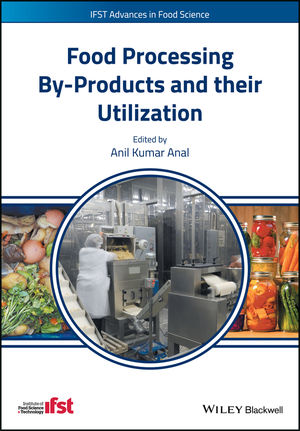Plant-based meat alternatives, both refrigerated and frozen, have experienced robust growth throughout the pandemic. At the same time, it is important to keep in mind that both dollar and volume sales are a fraction of total frozen and fresh meat sales. Growth rates are truly just one part of a bigger story in the red-hot protein market during this unprecedented time. 210 Analytics and IRI partnered to understand the total effect for frozen and fresh meat alternatives in dollars and volume since the onset of COVID-19 related grocery shopping patterns in early March.
Plant-Based Meat Alternatives Dollar and Volume Sales Growth
Meat alternative (fresh plus frozen) sales have seen tremendous gains throughout since early March when coronavirus upended many grocery shopping patterns. Dollar and volume sales gains versus the same week in 2019 have been in the double-digits for 13 weeks running. Year-over-year sales gains peaked during the first of the two panic buying weeks with an increase of 152% versus the same week in 2019. Since, there have been small fluctuations, but sales gains tapering off since the middle of May. Volume sales have had a strong performance as well with gains peaking during the panic-buying weeks, at +135% versus the same week in 2019. Volume sales gains have trailed dollar gains since the onset of COVID-19. The gap was at its widest during the week ending May 17, at 15 percentage points and narrowed slightly Memorial Day week, at 13 points — signaling continued inflationary pressure
Frozen versus Refrigerated Plant-Based Meat Alternatives
Frozen plant-based meat alternatives represent the majority share of total sales. During the week ending May 24, frozen plant-based meat alternatives generated just shy of $15 million in sales versus just over $10 million for refrigerated plant-based meat alternatives. For comparative purposes, meat generated more than $1.5 billion in sales this same week. To provide a frame of reference, refrigerated plant-based meat alternative sales are virtually equal to those of fresh lamb, each generating just over $10 million in sales during the week of May 24.
Throughout the pandemic, refrigerated plant-based meat alternatives have consistently outpaced their frozen counterparts in dollar and volume growth. Refrigerated alternatives reached a high of +258% during the first of the two panic-buying weeks and gains have since averaged around +120% versus the same week year ago, with a slight drop during the most recent week. However, even pre-Pandemic in March, refrigerated meat alternatives were also posting triple-digit year-over-year increases.
Meat Versus Meat Alternative Sales Throughout the Pandemic
Despite robust sales gains each week, refrigerated meat alternative dollar sales are a fraction of meat department sales.
This means percentage gains are based on very different sales numbers and reflect very different absolute dollar gains. For instance, during the month of March, that includes the two big panic-buying weeks, meat sales totaled $6.6 billion versus $112 million for plant-based meat alternatives.
Since the onset of the pandemic-related changes in grocery patterns, the meat department has generated an additional $5.7 billion in sales, versus an additional $66.6 million for refrigerated plant-based meat alternatives. In volume, an additional 1.2 billion pounds of meat and poultry was sold between March 8 and May 24 versus 7.8 million pounds of refrigerated plant based meat alternatives.
Because of these absolute dollar gain differences, the share of refrigerated plant-based meat alternatives actually dipped throughout the pandemic. As a percentage of the total (meat department sales plus refrigerated plant-based meat alternative sales), the share for plant-based alternatives stood at 0.66% during the week ending March 1. The share for plant-based meat alternatives has since dropped to a low of 0.50% during the week of April 12. As a tight meat supply pulled down meat dollar gains in the most recent two weeks, the share for refrigerated plant-based meat alternatives climbed back up to its pre-pandemic percentage of 0.66%.
The volume share for meat alternatives shows a similar pattern. During the week of March 1, the share of refrigerated plant-based meat alternatives to the total pounds sold for meat plus alternatives stood at 0.32%. Despite percentage gains being much higher for refrigerated plant-based alternatives, the absolute gains in pounds for meat versus meat alternatives caused the share to drop throughout the pandemic, to as low as 0.22% during the week of April 12. In the two most recent weeks, when tight meat supply prompted much lower pound gains for meat than seen in prior weeks, the share of refrigerated plant-based alternatives gained, ending at 0.33% in the most recent week.
Source: 210 Analytics/IRI









